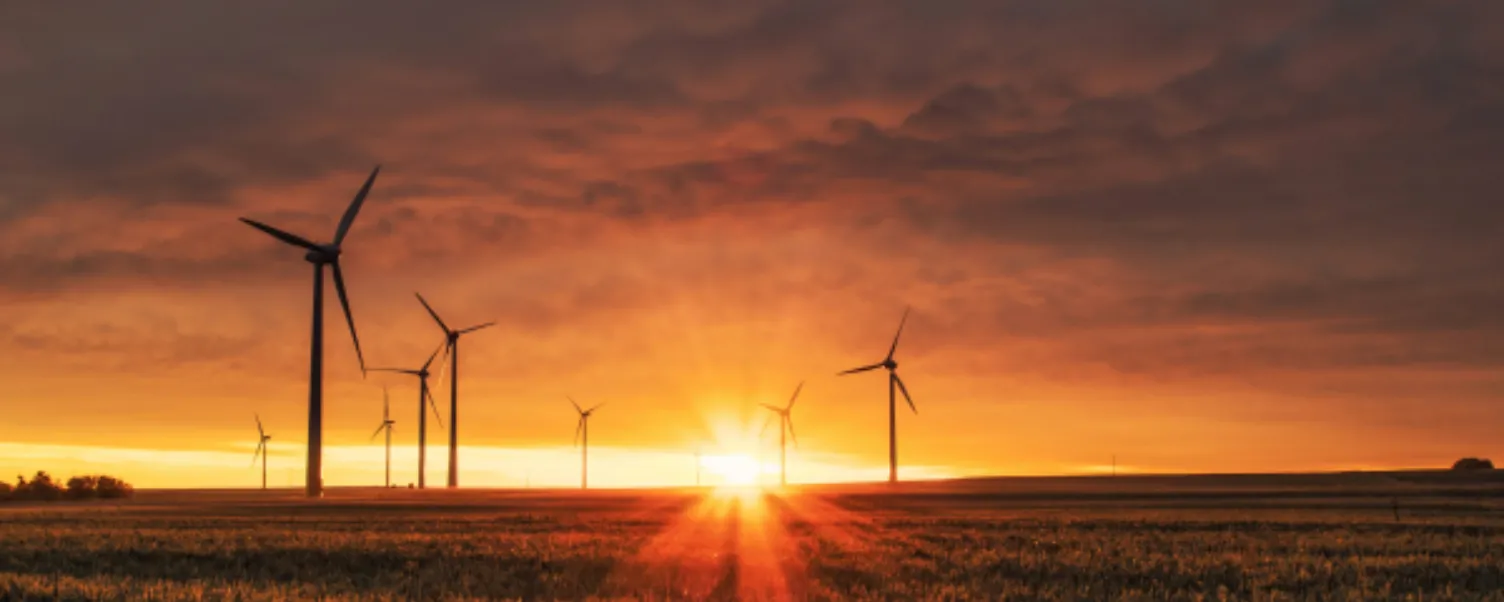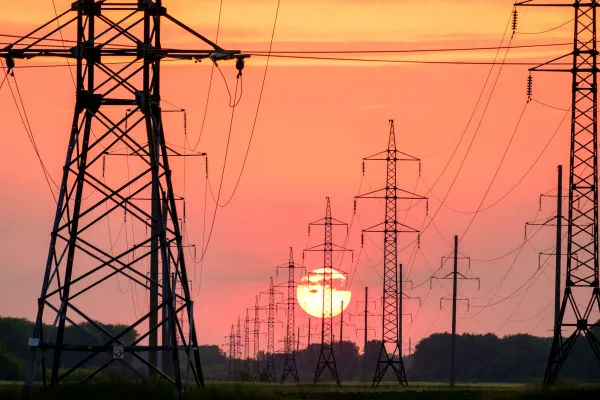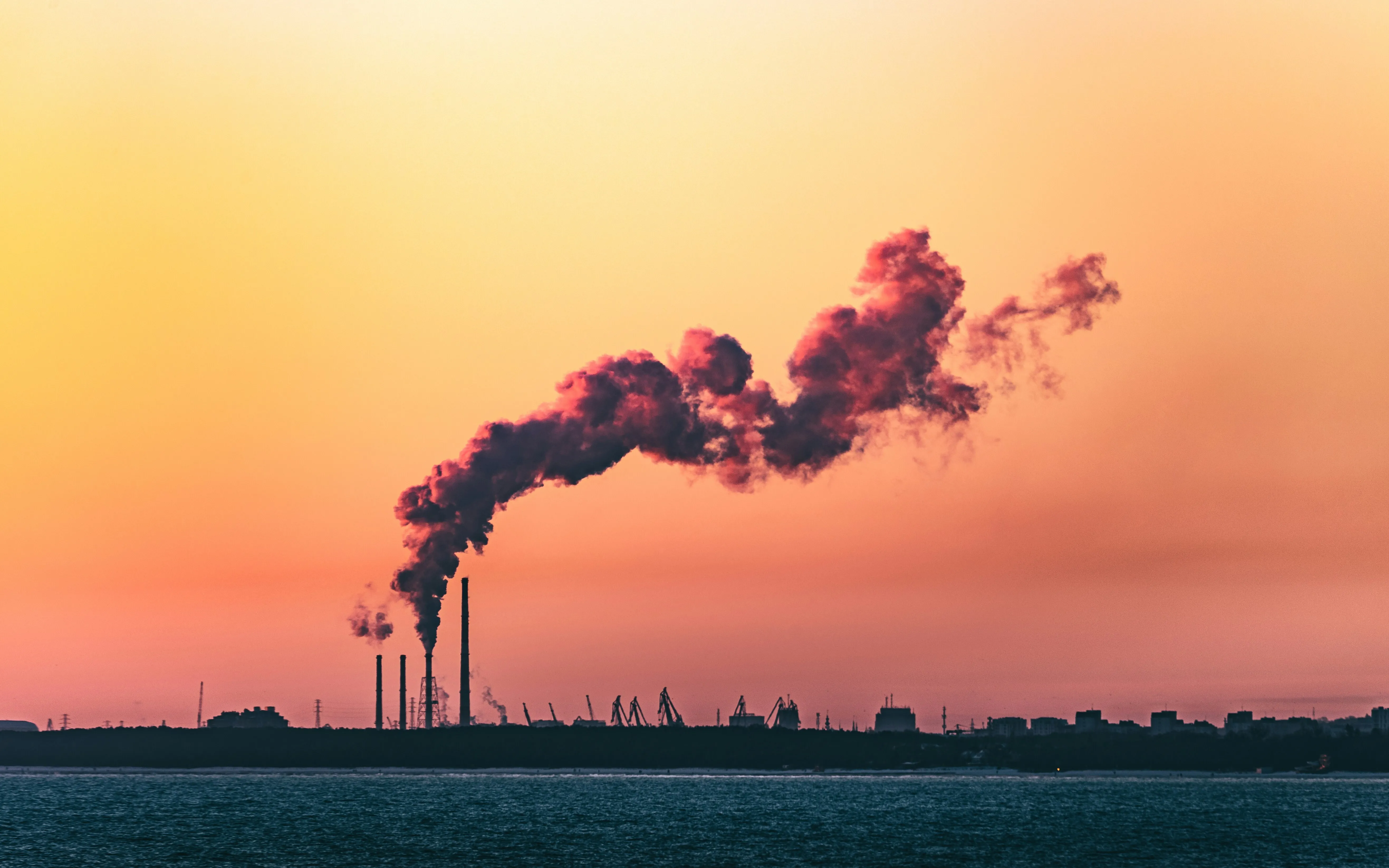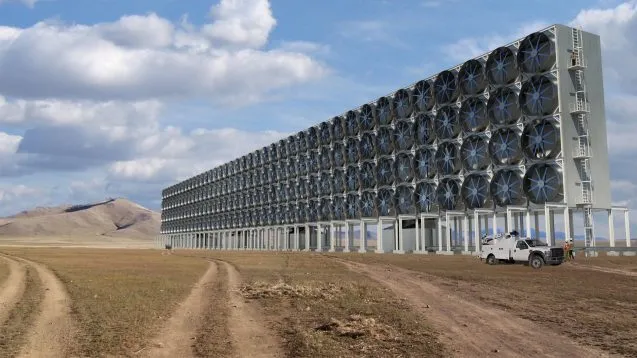
27 juni 2024
Energy news June 2024
Evolution of grid tariffs in Flanders, Belgium and the Netherlands
Network tariffs have been in the news frequently in Flanders, Belgium and the Netherlands in recent months.
VREG has presented the tariff methodology for 2025-2028. This methodology has a significant impact on the energy bills of Flemish companies. Grid tariffs for electricity are expected to increase by 41% for companies on the medium-voltage grid. In contrast, grid tariffs for natural gas fall slightly. The tariff methodology also includes incentives for grid operators to promote quality and innovation. The cost differential between electricity and natural gas is widening, sending a negative signal for the energy transition. Investments in the electricity grid are crucial to support future transitions to low-carbon energy. In the meantime, VREG conducted a public consultation whose results, together with the final grid tariffs will be announced by the end of this year.
The federal Energy Committee approved the cap on transmission tariffs for all energy-intensive companies that are also willing to invest in the sustainability of their production. This could reduce transmission tariffs by 60-80%. A study by CREG to indicate the competitive disadvantage compared to users located abroad was ambiguous. A subsequent royal decree will define the categories of industrial users, along with how companies prove they facilitate the reduction of their greenhouse gas emissions and accelerate the energy transition. Practical modalities will be worked out and defined by the state, Elia and CREG.
The Netherlands suffers from strong congestion on its electricity grid, making new connections very difficult. The Netherlands Authority for Consumers and Markets (ACM) presented a comprehensive package of measures aimed at reducing the problem of grid congestion. These measures are meant to make it more appealing to utilize the grid in a flexible manner. Large-scale users can get compensations of up to 50% of their grid costs if they utilize the grid less during peak hours. Thanks to a prioritization scheme for projects with a social function, system operators are able to use the freed-up capacity to connect, for example, schools or hospitals to the grid sooner.
---continue reading below---

The carbon emissions covered by EU-ETS showed a serious reduction in 2023
Every year, the verified emissions from all installations covered by the EU Emission Trading System (EU ETS) are released simultaneously. In 2023, the largest annual emission reductions under the EU ETS since its launch in 2005 were recorded within the European Union. Verified data from EU member states show a 15.5% drop in 2023 emissions from 2022 levels. As a result, ETS emissions are now about 47% lower than in 2005, putting them well on track to meet the -62% climate target by 2030. The most significant decrease can be seen in the power sector, where emissions from electricity generation fell by 24% compared to 2022. This is mainly due to a significant increase in renewable electricity generation (mainly wind and solar), at the expense of coal and gas. In turn, the 7% emission reduction compared to 2022 in energy-intensive industry is explained by increased energy efficiency, and lower industrial production.
At the same time, VEKA publishes the verified EU ETS emissions in Flanders. Total EU ETS emissions in the Flemish Region in 2023 reached the lowest level since the introduction of the EU ETS in 2005, with total emissions of 26.0 Mt CO2-eq. This was partly caused by downtime due to maintenance of two large industrial plants, and lower emissions in the electricity sector. Belgium's total EU ETS emissions are expected to be around 35.4 Mt CO2-eq, down 10.8% from 2022. Both the Flemish Region and the Walloon Region experienced a decrease in ETS emissions, by 10.0% and 13.1% respectively. The Flemish share in total Belgian EU ETS emissions remains over 70%, as in previous years.
EU gas consumption fell by 15,7% to 295 BCM between 2022 and 2023 thanks to the development of renewable power generation, gas demand reduction efforts and increased energy efficiency.
---continue reading below---

A new EU certification scheme for carbon removals
The European Parliament adopted the provisional political agreement with EU countries on a new voluntary certification framework for carbon removals. The legislation covers different types of carbon removals, namely permanent carbon storage through industrial technologies, carbon storage in long-lasting products and carbon farming. It aims to boost their use and improve the EU’s capacity to quantify, monitor and verify such activities in order to counter greenwashing.
There will be different units for these different categories due to their differences and environmental impact. Different certification methodologies will be developed for these categories whereby permanent carbon removals must be able to store atmospheric or biogenic carbon for several centuries to be certified and products at least 35 years. Carbon farming activities must be maintained for at least five years.
For Belgium, an agreement with the Norwegian authorities paves the way for CO2-storage in old Norwegian oil and gas fields. Amongst others, the industry in the port of Antwerp and Ghent, and Walloon lime and cement companies are exploring this option.
